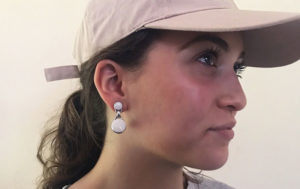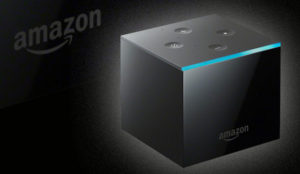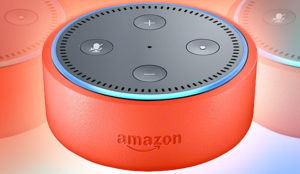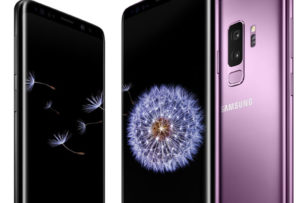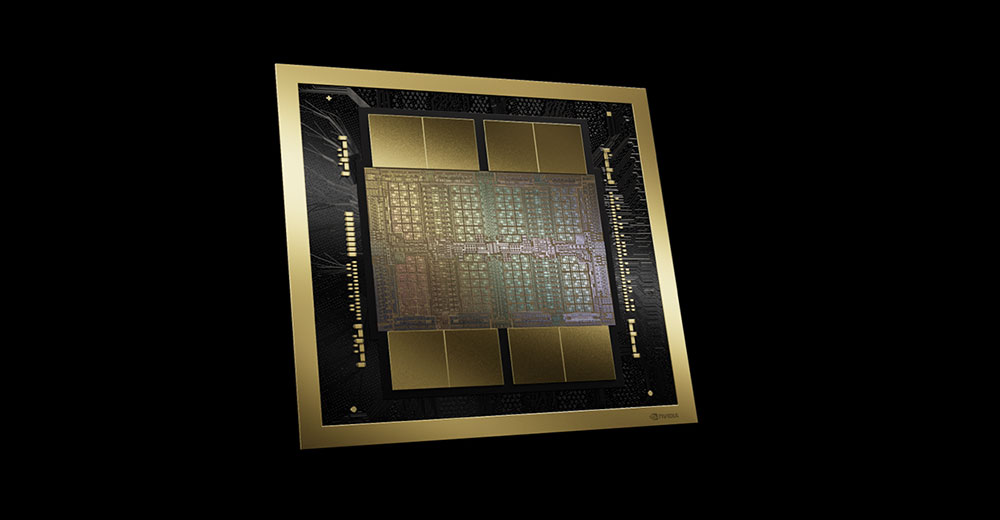Not quite content with pushing the boundaries on the level of screen clarity with the vaunted Retina display, Apple apparently is investigating new ways of advancing screen technology.

The U.S. Patent and Trademark Office on Thursdaypublished three patent applications by Apple that detail its interest in improving the Retina display through the use of quantum dots. The technology would enhance colors and give them a greater degree of accuracy.
Uniformity of Color
One way to judge a display quality is through the uniformity of color that’s generated by the display on various brightness levels. In many displays, the current powering the display can be adjusted depending on the desired brightness level. In quantum dot displays, however, a shift in current can alter the wavelength or color of the light the display produces.
“Quantum dots enhance the color performance of displays by expanding the color gamut,” Vinita Jakhanwal, director of small and medium displays at IHS iSuppli, told TechNewsWorld.
“In common terms, the colors on the displays are enhanced to look more saturated and more life-like. The implementation of quantum dot technology also helps improves the power efficiency of the display,” she explained, “which in turn results in better utilization of battery and backlight … and can lead to device designs that are thinner and lighter.”
Replacing Phosphor
The backlight on Retina displays usually consists of LEDs (light-emitting diodes) covered with a phosphor. This produces a white light that then travels through the liquid crystal screen layer to produce color.
A Retina display that does not use quantum dots can prove less accurate on greens and reds, instead pushing the colors toward yellows and oranges. In the patents, Apple proposes replacing the LED phosphor with the quantum dots.
Other technology manufacturers are using quantum dots to improve display quality, namely in flat-screen televisions.
Although filing for the patents is a strong indication of Apple’s interest in including quantum dots in Retina displays, it is no guarantee that Apple actually will bring them to market.
Negligible Impact?
The company debuted the Retina display in the iPhone 4, and it is now used in the iPod line, iPad Air, iPad mini, MacBook Pro and MacBook Air. Quantum dots would represent the first major upgrade to the display since its launch, and could have a negligible impact on how likely customers are to buy devices.
“From what I understand, quantum dots can improve the color accuracy, providing for a richer experience, but on mobile devices, this is splitting hairs. There is only so much the human eye can detect,” said Jim McGregor, principal analyst at Tirias Research.
“The display technology vendors and [original equipment manufacturers] continue to try to improve display technology as a key differentiator in what has become a visual computing world,” he told TechNewsWorld.
“Going forward, however, it will become more difficult to differentiate base on the display quality, and equally or potentially even more important to differentiate on cost and power consumption,” McGregor suggested. “Quantum dots could potentially reduce the power consumption, but as with any new technology, it is likely to be more expensive than existing solutions.”
Cost Is Critical
“As the display technology improves, [quality] is becoming less of a factor in the high-end devices. The size of the display, responsiveness of the touch interface, and power consumption are more critical factors. On the low-end, cost is critical,” McGregor pointed out.
“For the consumer, the [quantum dot-enhanced] device can now show more life-like colors, and power efficiencies can lead to power savings and better form factors,” IHS’ Jakhanwal suggested.
“As more 4K multimedia content becomes more prevalent and the color gamut standards start expanding,” she said, “consumers will have the opportunity to consume enhanced content on devices that are enabled to show such details.”



